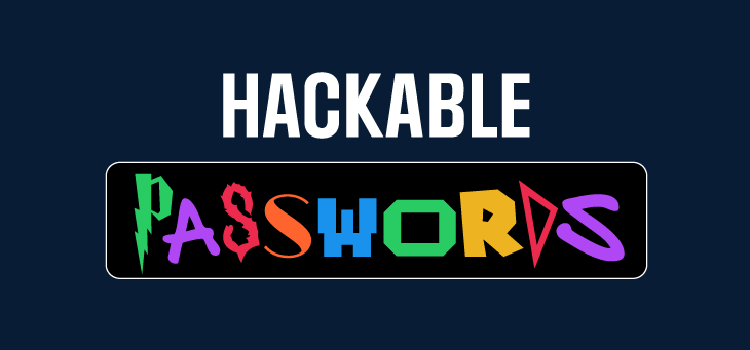Mission Statement
The Information Security Office is committed to lowering the risk profile of the University’s electronic information by implementing industry best practices to protect the confidentiality, integrity, and availability of student, faculty, and staff information. We uphold the University’s compliance obligations by developing information security policies, providing security awareness training, and overseeing the implementation of strategic information security initiatives.
Scam of the Week
A First-Class Ticket to Fraud
In this week’s scam, you’ve booked travel plans on an upcoming flight when you receive a text message. It appears to be from the airline’s support team and contains some alarming news: your flight has been canceled. The text urges you to select a link or call a phone number immediately to rebook your flight. The message looks official and even includes your real flight number, which might make you panic and try to fix the problem right away.
However, the text wasn’t sent by the airline, but by cybercriminals who are hoping to scare you into acting without thinking. If you select the link or call the number provided in the text, you won't be connected to the airline's customer service team. Instead, you will be connected to a scammer who will pretend to work for the airline. They will ask you for your financial information so they can “rebook” your flight. But if you give them your credit card number or personal details, they’ll steal your money and your identity!
Follow these tips to avoid falling victim to this scam:
- Always verify flight changes through official sources. If you receive a text about a cancellation, go to the airline’s official app or website to check your flight’s status.
- Never trust a link or phone number in an unexpected text message. If you need to contact an airline, call the customer service number in your booking confirmation email or on their official website.
- Scammers use phrases like "act now" or "call immediately" to prompt you into making a rushed decision. Always stop and verify the information before you take action.
Time It Takes a Hacker to Brute Force Your Password in 2023
| Number of Characters | Number Only | Lowercase Letters | Upper and Lower Case Letters | Numbers, Upper and Lowercase Letters | Numbers, Upper and Lowercase Letters, Symbols |
|---|---|---|---|---|---|
| 4 | Instantly | Instantly | Instantly | Instantly | Instantly |
| 5 | Instantly | Instantly | Instantly | Instantly | Instantly |
| 6 | Instantly | Instantly | Instantly | Instantly | Instantly |
| 7 | Instantly | Instantly | Instantly | Instantly | Instantly |
| 8 | Instantly | Instantly | Instantly | Instantly | 1 sec |
| 9 | Instantly | Instantly | 4 secs | 21 secs | 1 min |
| 10 | Instantly | Instantly | 4 mins | 22 mins | 1 hour |
| 11 | Instantly | 6 secs | 3 hours | 22 hours | 4 days |
| 12 | Instantly | 2 mins | 7 days | 2 months | 8 months |
| 13 | Instantly | 1 hour | 12 months | 10 years | 47 years |
| 14 | Instantly | 1 day | 52 years | 608 years | 3k years |
| 15 | 2 secs | 4 weeks | 2k years | 37k years | 232k years |
| 16 | 15 secs | 2 years | 140k years | 2m years | 16m years |
| 17 | 3 mins | 56 years | 7m years | 144m years | 1bn years |
| 18 | 26 mins | 1k years | 378m years | 8bn years | 79bn years |
 QR Code Phishing - 'Quishing'
QR Code Phishing - 'Quishing'
 Phishing Click Rates Triple in 2024
Phishing Click Rates Triple in 2024
 The Most Dangerous Pop Culture Passwords in 2024
The Most Dangerous Pop Culture Passwords in 2024
Cyber Security Alerts
What is being exploited?
Vulnerability in Windows CryptoAPI that allows malicious executables using a spoofed
code-signing certificate to appear as if it was from a trusted source.
What does this affect?
Attackers can conduct man-in-the-middle attacks and decrypt confidential information
on user connections to spoofed software that appears legitimate.
Which Operating Systems does this affect?
Windows 10, Windows Server 2016, and Windows Server 2019
How to mitigate this?
Apply critical patches to affected systems as soon as possible.
For more information:
CVE-2020-0601
What is being exploited?
Vulnerability in Windows Remote Desktop Gateway (RD Gateway) that allows specially
crafted requests to execute arbitrary code on the target system.
What does this affect?
Attackers can gain access to the target system with full user rights that would allow
them to install programs; view, change, or delete data; or create new users.
Which Operating Systems does this affect?
Windows Server 2012, Windows Server 2016, and Windows Server 2019
How to mitigate this?
Apply critical patches to affected systems as soon as possible.
For more information:
CVE-2020-0609 & CVE-2020-0610
What is being exploited?
Vulnerability in Windows Remote Desktop Client that allows the server to execute arbitrary
code on the target system after an unsuspecting user connects to it.
What does this affect?
Attackers can trick the user into connecting to a compromised server and gain access
to the target system with full user rights that would allow them to install programs;
view, change, or delete data; or create new users.
Which Operating Systems does this affect?
Windows 7, Windows 8, Windows 10, Windows RT, Windows Server 2008, Windows Server
2012, Windows Server 2016, and Windows Server 2019
How to mitigate this?
Apply critical patches to affected systems as soon as possible.
For more information:
CVE-2020-0611
Windows 10 & Windows Server 2016 and newer
1. Search: Check for Updates
2. Click “Check for Updates” then install all updates
Windows 8 and older & Windows Server 2012 and older
1. Navigate: Control Panel > System and Security > Windows Update
2. Click “Check for Updates” then install all updates



